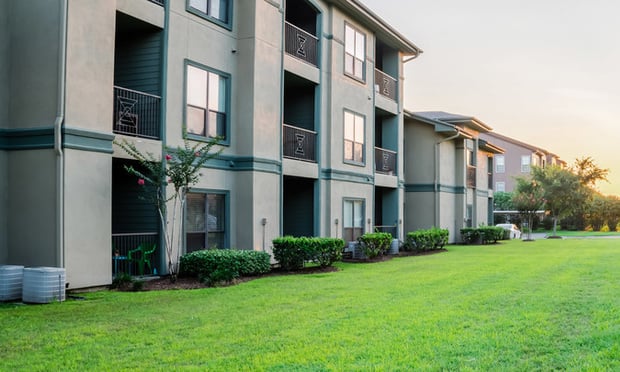DALLAS—In the second of a two-part article, Younger Partners investments/land division takes a look at Dallas-Fort Worth land absorption. In order to determine the viability of acquiring undeveloped land, many factors such as historical data must be taken into consideration.
Investment success or failure can often solely depend on where the cycle is at the time the purchase is made and the investor's ability to determine the true state of the cycle. There has yet to be a final cycle, thus, the ability to hold long term may affect the yield but does offer some degree of security, says the analysis.
While the ability to use historical data to project long-term value is logical, many down cycles have been created by artificial, non-real estate-related influences that were difficult to anticipate. For example, in the late 1980s, tax law changes and deregulation hobbled the market. In the late 2000s, the subprime collapse did the same. It is reasonable to assume there will be more fragile bubbles.
The DFW market continues to record record prices for readily developable in-fill sites with available infrastructure, permitted anticipated uses and demand for product, says Younger Partners. Developers are now aggressively demolishing fully functional buildings in order to build product more in demand, which has historically been a warning to a pending market correction, GlobeSt.com learns.
Fueled by extensive population and employment growth, new construction remains at a record pace, which is anticipated to continue at least through 2018, a projection supported by deals currently designed, engineered and possessing financing commitments. Younger Partners says it will be interesting to observe the effect new construction growth achieves in DFW as six large projects are completed.
The anticipated arrival of those projects will extend the current positive cycle for years. However, increased land, labor and materials cost will inevitably have a negative impact.
Construction in process and fully financed new projects pending ground breaking, although distinctly slowing, will continue to fuel the real estate market for the short term, Younger indicates. That pipeline has gotten understandably smaller, which presents an interesting speculative projection for 2020 and beyond. Increased activity for pure, longer term investment sites has continued the extension to the outer-lying concentric circle tracts, considered pure investments, which, until recently, remained fairly benign in sales activity and price fluctuation.
Younger says it appears that such specific investments are becoming more attractive because competing investments such as oil and gas price fluctuations, a pending bear stock and bond market (the same non-occurring pending from 2016), and the tech world offer a less equitable vehicle. Additionally, local investors (previously the most active group of land speculators) are getting increased competition from more patient national and foreign investors. Yet, historically, a large number of the most successful investors have made patient fortunes in land by simply applying these basic techniques, the firm muses.
Some estimate that it requires approximately 12,000 to 15,000 acres of raw land to accommodate 1 million people in a reasonably confined, socially acceptable, service-provided environment. Various sources say the DFW market still expects to absorb an additional 1.6 to 2.5 million residents during the next 15 years. Achieving success in real estate investment will require determining where that growth will locate. History indicates that product will be made available and priced based on pure economics. The cost to provide available product to meet demand will depend on the availability of affordable infrastructure (sewer, water, roads, proximity to employment centers, service commercial and schools, and political climate, etc.). Land prices will fluctuate according to such availability.
The extended period of robust activity can at least be partially credited to an aggressive political structure at both the local and state levels, informed developers and engineers, and competent and equally aggressive economic development corporations. Of equal depth, however, is the professional under-40 group of brokers, administrators, managers and general employment base who have emerged during this cycle.
The principals of sophisticated investment must utilize primary information. In addition, access to infrastructure, the continued effort by the current Dallas mayor to utilize available land in the southern corridor, absorption of the remaining few in-fill sites, high suburban in-fill land costs and the migration of employment centers will all play significant roles in prudent investment decisions. Used in the investment process, the only remaining elements are sound financial strength and patience, according to Younger Partners.
Younger Partners is a member of the North Texas Land Council, a group comprised of 50 land brokers. The land council freely shares information with its competing members and the market in general to encourage CRE activity.
Want to continue reading?
Become a Free ALM Digital Reader.
Once you are an ALM Digital Member, you’ll receive:
- Breaking commercial real estate news and analysis, on-site and via our newsletters and custom alerts
- Educational webcasts, white papers, and ebooks from industry thought leaders
- Critical coverage of the property casualty insurance and financial advisory markets on our other ALM sites, PropertyCasualty360 and ThinkAdvisor
Already have an account? Sign In Now
*May exclude premium content© 2024 ALM Global, LLC, All Rights Reserved. Request academic re-use from www.copyright.com. All other uses, submit a request to [email protected]. For more information visit Asset & Logo Licensing.









